
Ethiopian Electric Power (EEP) has just started two new Hydropower projects with a price tag of over $45 million. The new Hydroelectric dams will be located on the Genale Dawa and Dabus rivers with construction expected to start in 2017.
Second Growth and Transformation Plan
The two new Hydropower projects are part of a larger initiative called the Second Growth and Transformation plan (GTP). The first GTP, which lasted from 2010 to 2015, was a success that resulted in the creation of a second GTP that encompasses this hydroelectric project.
The first GTP emphasized economic growth, expansion of public services and political stability. A crucial part of the plan was to reach the Millenium Development goals (MGDs) put forward by the U.N.
Ethiopia has made serious economic progress in the past decade, maintaining a GDP growth rate greater than 10 percent since the mid-2000s, which is double the average sub-Saharan African growth rate.
Even more impressively, Ethiopia has seen a 33 percent reduction of the population living in poverty since 2000. The high growth rate and government projects have been crucial in decreasing poverty in Ethiopia.
Hydroelectric and geothermal power are very important for Ethiopian development. The country is home to 12 river basins and part of the Great Rift Valley, making it a prime location for sustainable energy.
However, not all of that potential has been realized. Of an estimated 50,000 MW of power that Ethiopia could produce from hydroelectric and geothermal sources, only 2,000 MW are currently being generated.
Continuing the Progress
While it may seem like Ethiopia has a long way to maximize its energy production levels, it’s important to note just how far it has come. Since 2000, Ethiopia has increased its energy production 3.5 fold, with especially high annual increases since 2013.
Not only will increased sustainable energy production help Ethiopian citizens, but a proposed energy deal with Kenya (the third fastest growing economy in the world) will bring a big boost to the Ethiopian economy.
The new hydroelectric dams will generate 672 MW, a significant increase to Ethiopia’s current power levels. The two new dams are expected to begin generating power in 2021.
– John English
Photo: Flickr


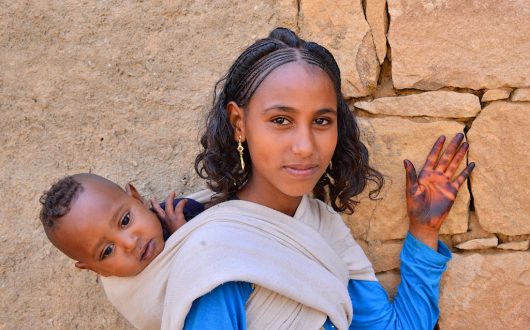
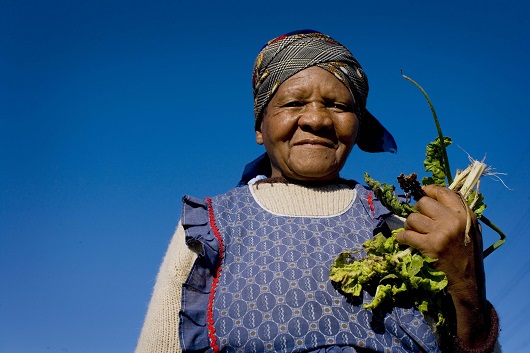
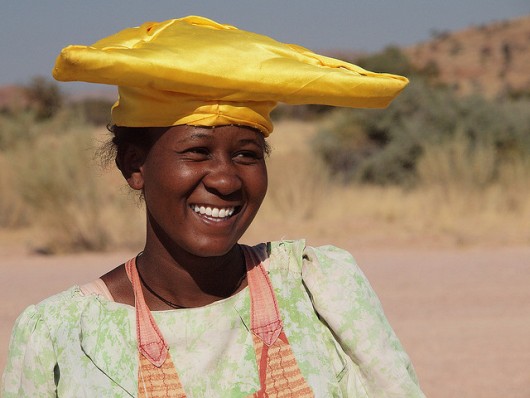
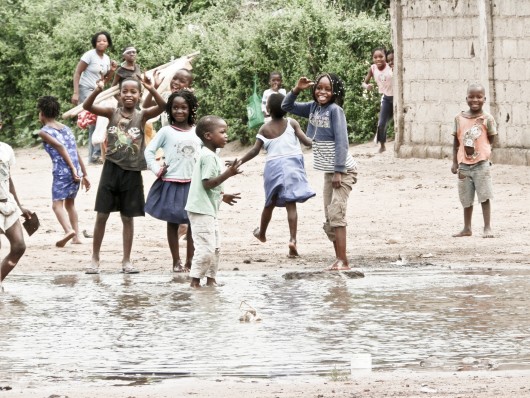
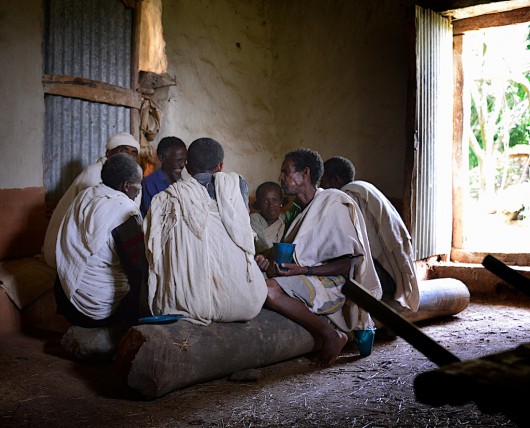

 What do chickens and goats have in common? Well, chickens and goats live on farms, and both can help end child marriage.
What do chickens and goats have in common? Well, chickens and goats live on farms, and both can help end child marriage.